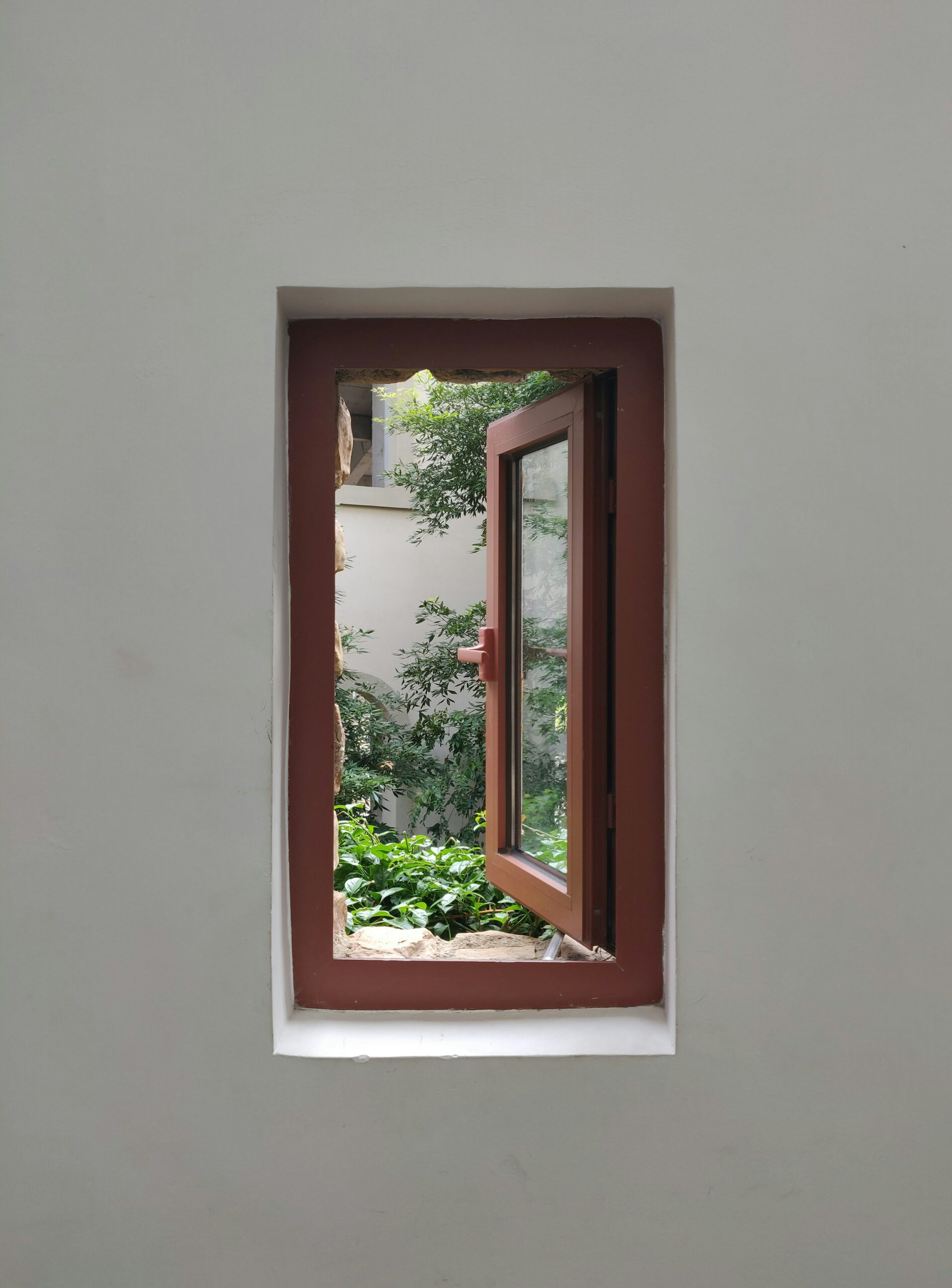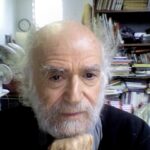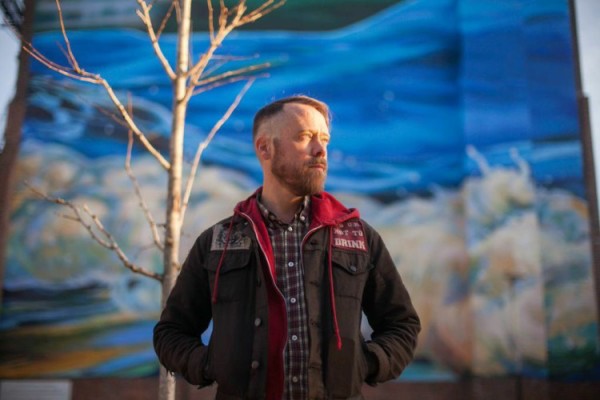Haiku might be described as a long unbroken love song to nature going back hundreds of years. For poet and environmentalist Anne Elise Burgevin, this connection between haiku and nature also fosters “an appreciation for the world that is the bedrock upon which environmental action and concern rests.” Burgevin, a teacher of creative writing and former elementary school teacher, says she is struck by how motivated her students are about confronting the climate crisis and how they want very much to make a difference. Helping youth explore their role as stewards of our natural resources is important to her sense of purpose as an educator, as is assisting her students to develop their voice and expressive nature. She has found haiku to be an exciting vehicle for both these goals. Burgevin’s first collection of haiku, Frozen Earth, was published by Red Moon Press. Her second collection, Sunny Uplands, is forthcoming from Red Moon Press in March of 2024. She is an associate editor at The Heron’s Nest, an esteemed haiku quarterly journal founded in 1999, and is one of the founding editors of Black Pebble, a new online haiku journal for children and teens that will launch in mid-2024. This interview was conducted over email in November 2023.
Robert Hirschfield: When and how did you discover haiku?
Anne Burgevin: I spent a great deal of time outdoors as a child. It was the place I preferred to be and felt most comfortable in. I noticed flowers and birds because these are my parents’ passions. I have memories of using all my senses when I was outdoors and tuning into sounds, smells, and sights. At an early age I also realized there was a need for people to take care of the natural world. Rachel Carson’s book Silent Spring hit me hard as a young teen.
My path to haiku was forged through an early love of long form poetry. Until my late 20s I read and wrote free verse poetry. It wasn’t until I began classroom teaching that I discovered haiku and decided to introduce it to my students. I can easily say it was love at first sight. The more I read haiku, especially haiku written by the original masters, the more I wanted to understand it.
To understand the subtle nature of haiku, I do feel there needs to be a process of guided discovery.
I noticed my students were very drawn to Japanese art while we were studying East Asian history and culture. There were several students in my class from Southeast Asia who were new to America. Bringing forth aspects of their cultures seemed like a helpful way to bridge the cultural gap they were experiencing.
In the beginning, learning to write haiku was more of a creative discovery the students and I were making together. Since that time, I’ve been crafting my own haiku and devising age-appropriate ways for others to have the pleasure I had in discovering haiku. To understand the subtle nature of haiku, I do feel there needs to be a process of guided discovery.
snowy day
––Anne Burgevin, Frozen Earth
kids make paper chains
three teachers long
RH: Did you have difficulties with the form initially? Haiku, of course, is more than just a way of seeing nature. It is a way of seeing the world that goes against the utilitarian approach of Western culture.
AB: Yes, it was a difficult transition from writing “me” focused poetry to “not me” focused poetry. To be honest, I was relieved to experience this transition. I’m not someone who likes to talk a lot about myself. Finding a form that minimizes the poet’s voice greatly appealed to me. So I felt freed, but also frustrated. My first haiku were simple descriptions of what I was experiencing in my environment, without any of the underlayers I noticed in haiku written by more experienced writers of the form.
At that time, I was still adhering to the traditional syllable count established by the Japanese masters, without realizing modern English-language haiku had moved toward subscribing to a word count instead. It wasn’t until I read Lee Gurga and Robert Speiss that I realized there were options other than counting syllables.
With my students, I now use this more modern, English-language approach to writing haiku. This is one reason why they’ve been so successful writing it. The syllable rule really stymies expression and puts the focus on counting and fitting words into the structure instead of emphasizing an awareness of a moment.
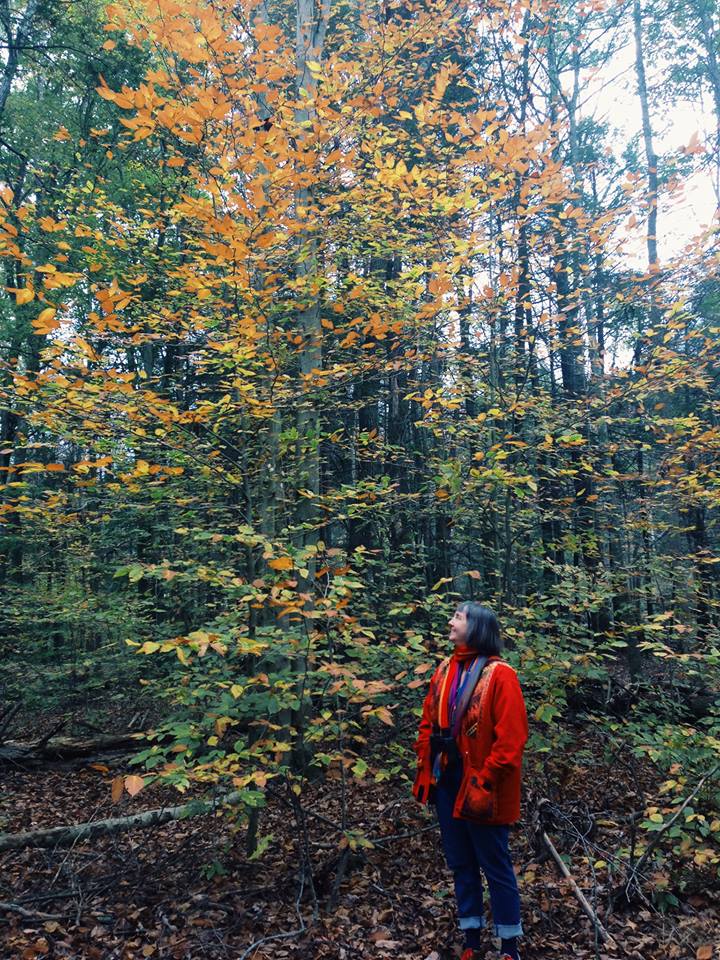
RH: Did you always have the gift of compression?
AB: The skill of compression is a constant work in progress for me.
In my mid-twenties, a successful long form poet offered to read my poems and give me written feedback on them. I recall his response to one of my poems. He circled one line and wrote, “make the rest of the poem live up to this line.” It occurred to me maybe the poem was that line. Already I was beginning to think about extreme compression.
Teaching also requires compression; Listening to my students’ questions, experiences, concerns, and view of life requires skill and intention. Finding the right moments to interject during my conversations with children, and knowing how to word questions carefully, involves a kind of compression. In this regard, I’ve had a lot of experience with compression. Transferring it to my haiku writing practice felt natural.
shallow eddies
––Anne Burgevin, Frozen Earth
we came of age
on this river
RH: How would you begin teaching a class of eight-year-olds? Is there anything you want them to know about haiku before they begin? What poems or books would you share with them?
AB: One concept I want the children to understand right away is that a haiku is about two things, juxtaposed. When put together these two things are more interesting. Recently I brought in a large piece of curled bark and a sunflower to illustrate this concept.
I emphasize that haiku are waiting to be found. I’ve led young students on a walk where I stop and read a haiku every minute or so. The haiku I choose to introduce to the children are appropriate for their age and resonant with their environment. Before the walk, I ask the children to have “haiku eyes”—eyes that don’t miss a thing—and use all of their senses to notice things on the walk.
one deep breath
––Harriot West
for a moment the pine
is part of me
For younger children, I like to read haiku by Brad Bennett and by Peggy Willis Lyles. Some of my own haiku are also oriented toward children’s experiences. Patricia Donegan’s book for young children about writing haiku has some great poems that I will read to my students or have them read aloud. Another book I recommend they read is Grass Sandals: The Travels of Basho, a picture book by Dawn Spivak. The book tells of Basho’s walks throughout Japan, his observations of life in the 17th century, and includes fine drawings of the kanji characters that my students will often draw and experiment with.
RH: Does your approach differ with older students?
AB: Even with teens or pre-teens, I’ll begin on the sensory level, having them talk about their own sensory worlds, which can be anything from the smell of a campfire to the taste of lemon juice on asparagus.
I’ll ask students to spend 10 minutes with the haiku journals I’ve brought and choose a poem to read out loud, sharing their impressions of it. This typically generates great conversation, during which we begin to tease out the characteristics of haiku. The emphasis is always on discovery. Inevitably, students are drawn to senryu (haiku dealing with human nature). I like to share this senryu, by George Swede, with them:
warm spring
the teenager pulls out her mirror
and adjusts her pout
With students of high school age, I’ll read excerpts from Basho’s Japanese classic, The Narrow Road to the Deep North and Other Travel Sketches, the finest travel writing from the Edo Period. This opens up the door to discussing Zen Buddhism and the concept of transiency, cornerstones of Japanese culture, philosophy, and history. Cultural literacy is part of language literacy. I want them to understand how and why haiku emerged from Japanese culture.
RH: Can you share some of the prompts you use in your classes? Which do you find to be the most effective, and why?
AB: First and foremost, teaching haiku requires students to experience themselves as sensory beings in the world. Haiku are a window into an experience of a moment in a season.
I might start a class by asking, What smells remind you of home? In which season are you most happy? Does music affect you, and if so, how?
When I work with a group of students for the first time, I find it’s helpful to ask each student to share one or two seasonal things they like and to describe them in detail. Sometimes students describe a sweet moment with a grandparent on a snowy day or the tulips that appeared in their yard after a hard spring rain.
Sometimes I bring mint from my mint patch for children to taste or rub between their fingers, lemon rind they can scratch and catch under their fingernails, a bell or metal bowl for striking.
I may introduce a hypothetical first line, summer afternoon, or ask the students to choose two summer subjects, say, watermelon and flip-flops, and write about them, or I might invite them to write a moon haiku that conveys an underlying emotion.
I always urge my students to play with their haiku, to rearrange words and lines, and add or eliminate words.
The poet Michael Dylan Welch had the idea of printing haiku in the smallest font possible and then giving children magnifying glasses to read the tiny poems. I haven’t tried this before, but I have the materials ready to go!
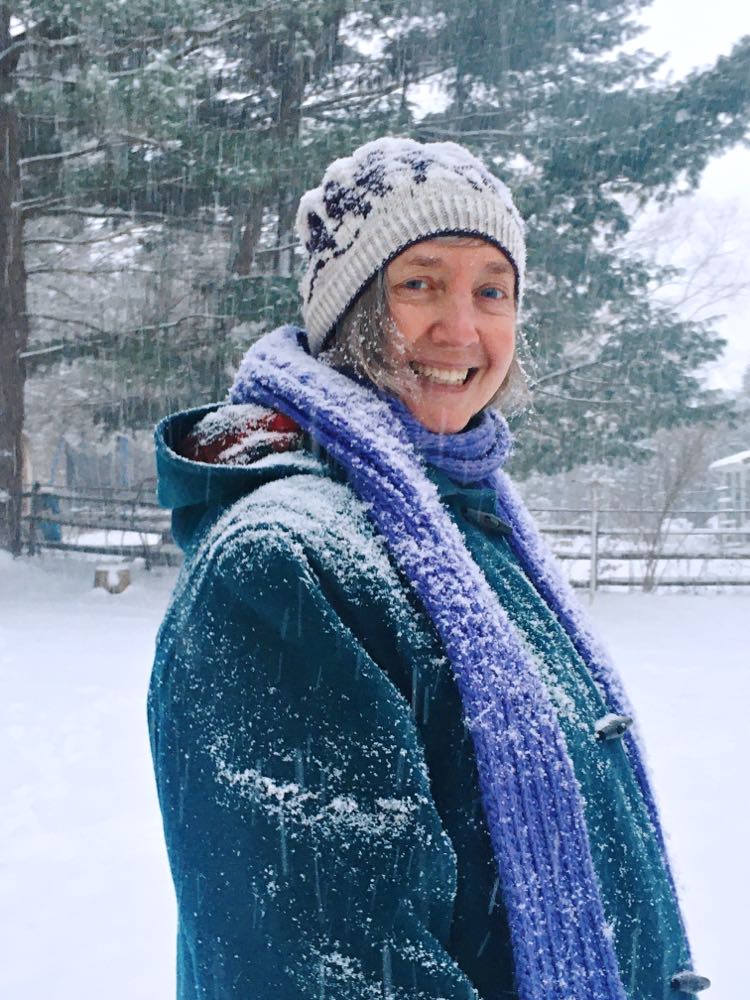
RH: Are there any encounters with students that stand out in your mind?
AB: When I first started teaching, I had students who came from Vietnam, Laos, and Nepal. All three were new to the English language. I still have a book of their haiku and brush paintings. I remember a haiku that Tom, from Laos, wrote:
the bee
the bee is on the rose
it’s busy around the rose
Another student of mine, Almila Dükel, had two prizewinning poems in the 2023 Haiku Society of America Student Haiku Awards. She is 18 now and attending college in England, and she’s been studying with me since the age of eight. We Skype regularly, and I am still very involved in her life. Almila and her family moved back to Turkey four years ago. This past spring I invited her to come teach my younger students prose poetry.
held in winter branches
––Almila Dükel
a fading moon’s
broken light
wind-brushed pond
light breaks through
dragonfly wings
My younger students and I will often brainstorm about opposites, such as a red cardinal on the white snow or a tiny beetle crawling over a fallen tree. One of my young students wrote a haiku referencing an unusual interpretation of opposites that was chosen in the United Nations International School Haiku Contest:
Fur Elise
––Liam Wang
from a garbage truck radio
Taiwan
RH: What would you like the students in your haiku classes to come away with?
AB: I consider a person’s learning process sacred, not something I have control over, nor want to have control over. I believe students have agency over themselves. My goal is to try to understand my students: how they learn and how they process what they learn, and to help them grow as writers and thinkers.
I would like to see my students come away with a writing practice that can sustain their creative sensibilities on a personal level, and a writing practice that keeps their attention focused on the natural environment, the seasons, and most importantly their relationship to the land.
Having this awareness, the ability to observe, and an appreciation for the world are the bedrock upon which environmental action and concern rests. We truly do need to see, understand, and appreciate the world in order to feel motivated toward protecting it. Haiku is about seeing the big things in the small things and vice versa. The eternal in the everyday.
Resources:
Black Pebble, a new online journal for children and teens, will go live in mid-2024. It promises to be a forum for children and teens to feel supported in their evolution as haiku poets, and to help them build a cohesive writing community. Stewarded by a dynamic team of editors, including Anne Burgevin, along with some established young haiku poets, the journal will provide a platform for students to publish their work, access educational resources, and connect with the haiku community at large. Black Pebble will publish haiku twice annually and invite occasional submissions for haiku on particular topics, as well as feature established haiku poets and their work.
Anneburgevin.com is a repository of creative writing ideas for children and teachers.
Robert Hirschfield is a New York-based poet and nonfiction writer. Much of his nonfiction work are feature pieces on poets such as Chana Bloch, William Stafford, Tuvia Ruebner, Muriel Rukeyser, and Robert Hass. His work has appeared in Salamander, The Jewish Review of Books, Tricycle, Sojourners, and The Writer.

